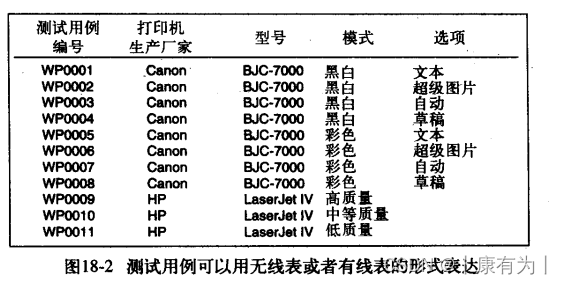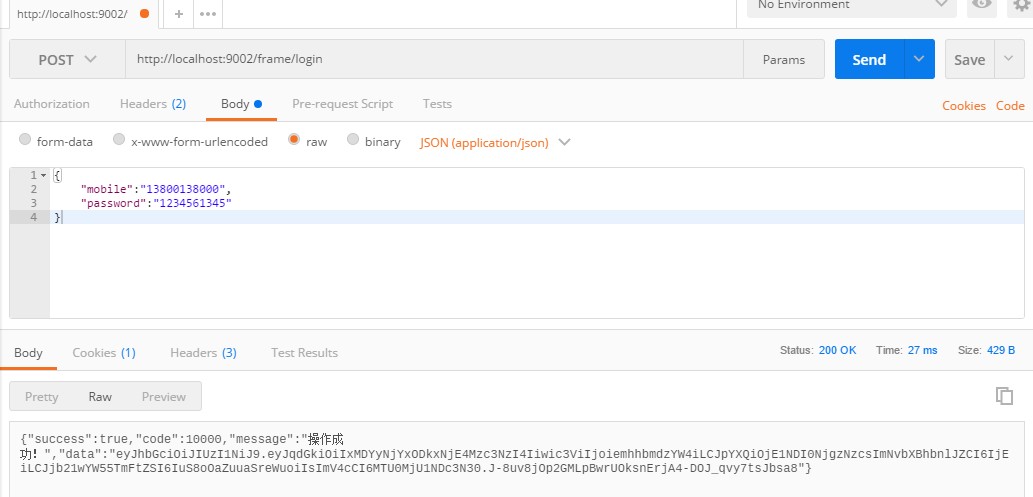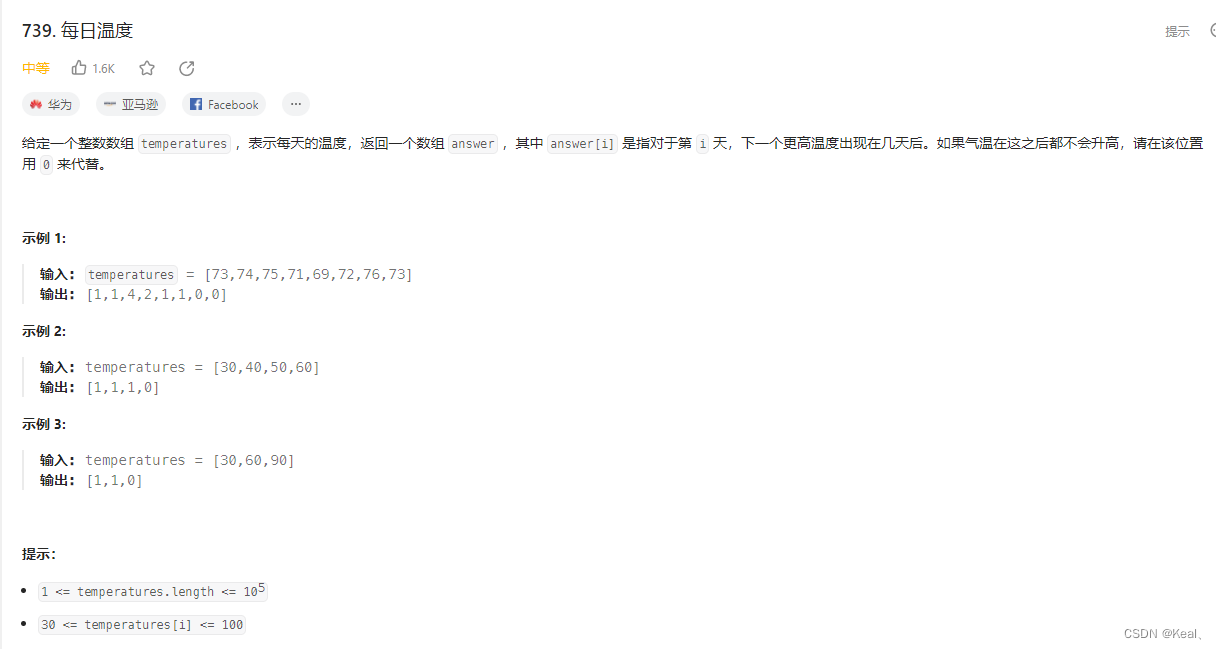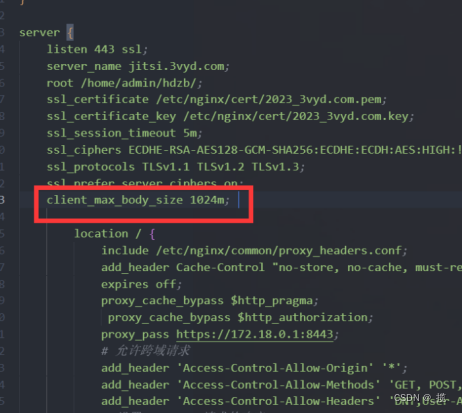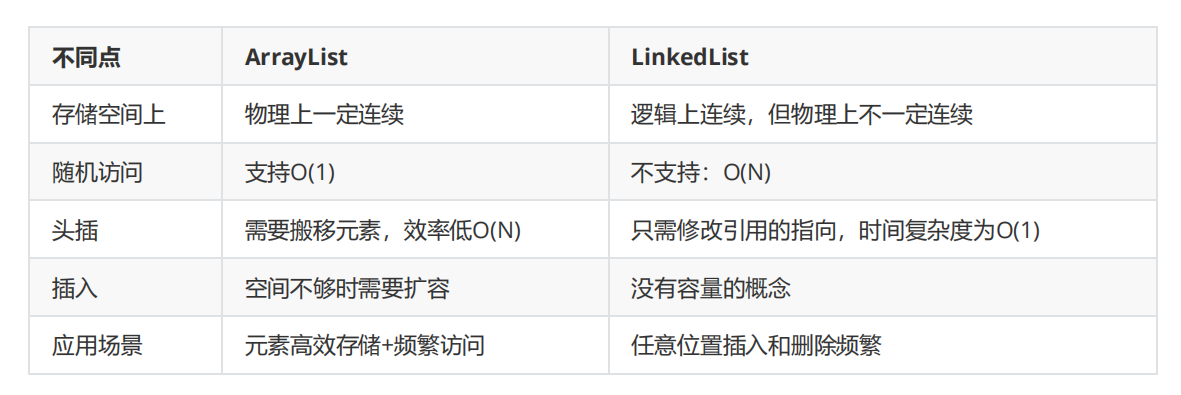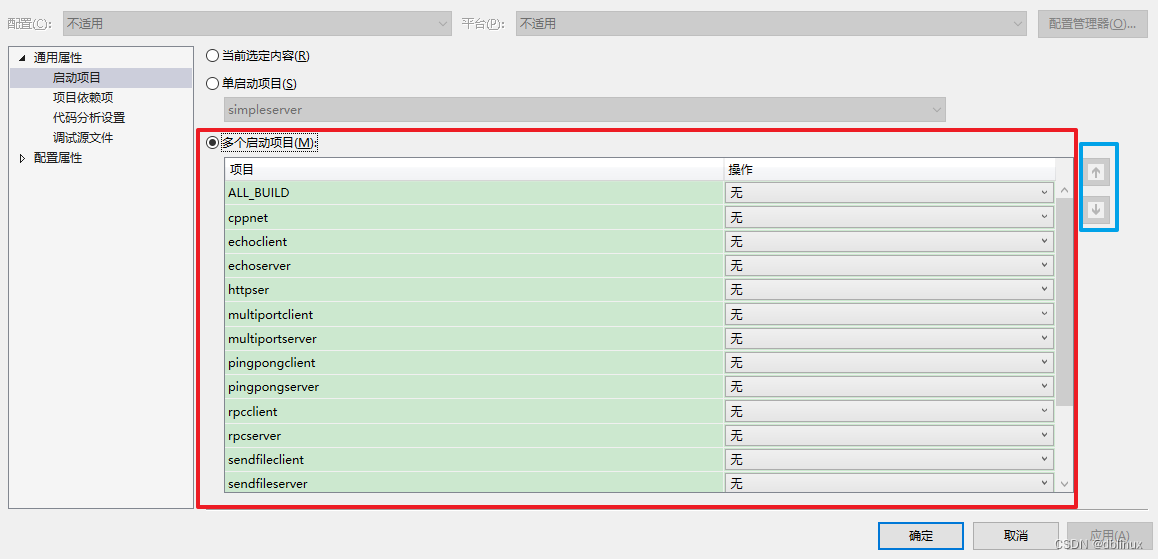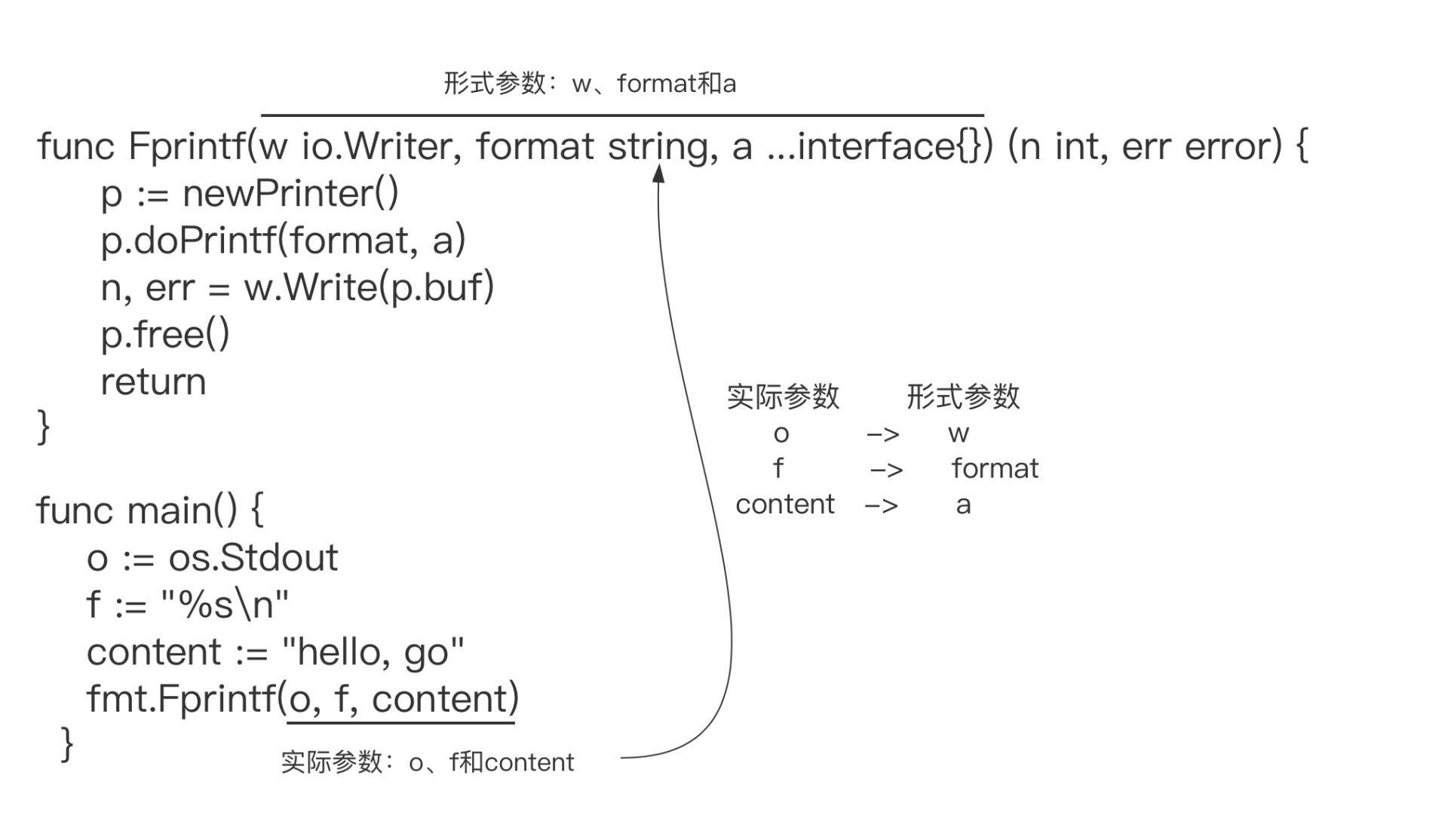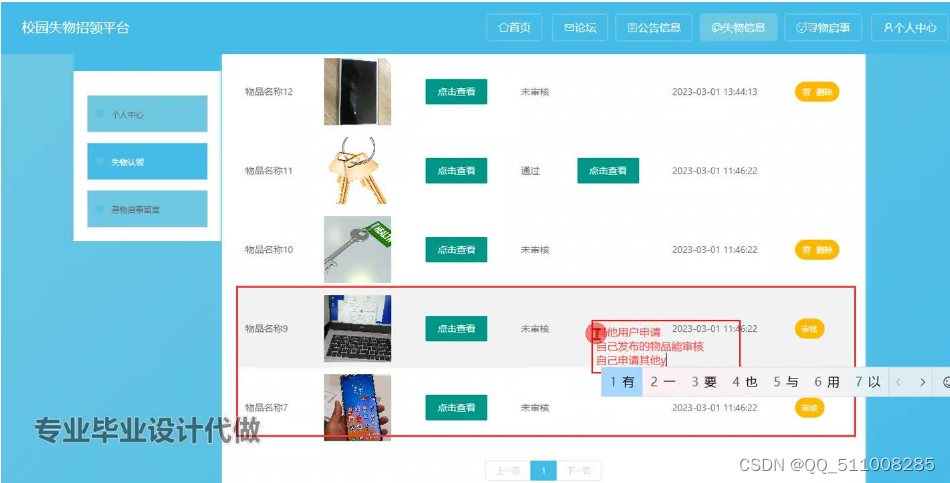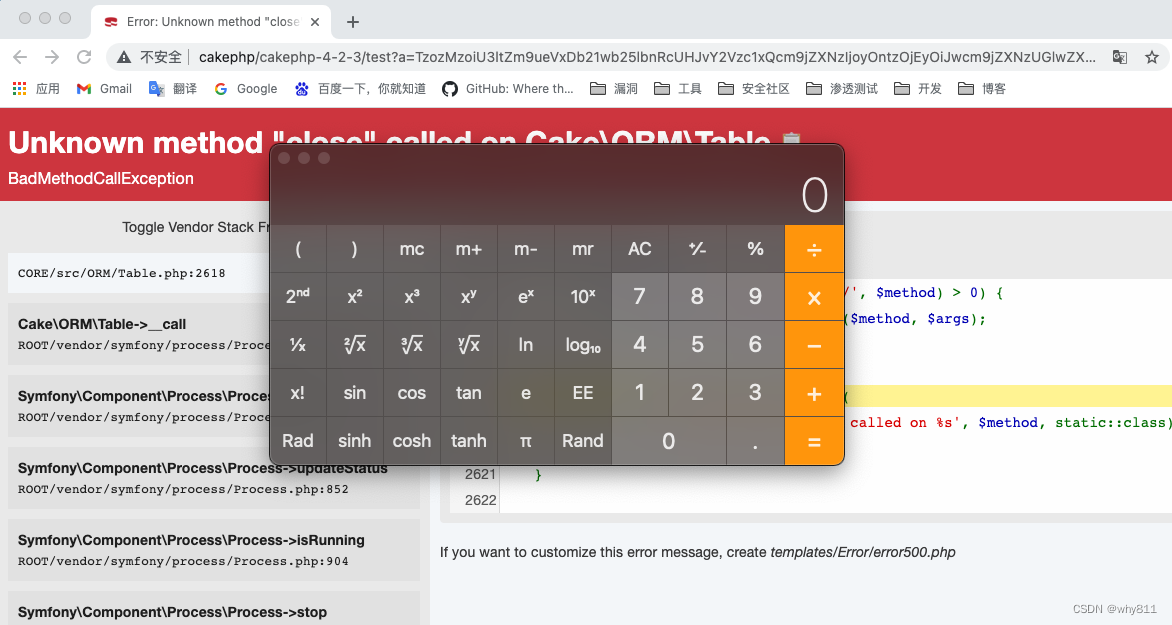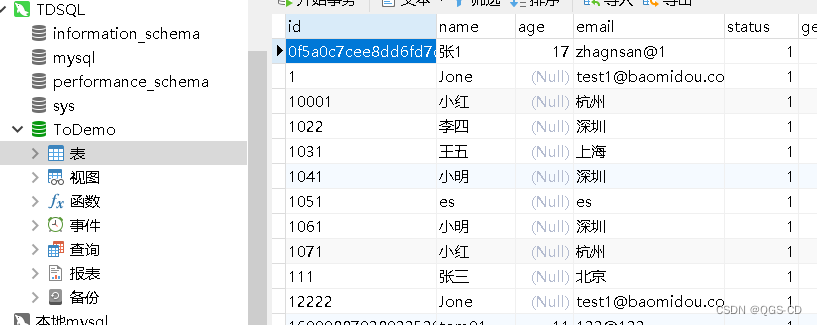国庆中秋特辑系列文章:
国庆中秋特辑(八)Spring Boot项目如何使用JPA
国庆中秋特辑(七)Java软件工程师常见20道编程面试题
国庆中秋特辑(六)大学生常见30道宝藏编程面试题
国庆中秋特辑(五)MySQL如何性能调优?下篇
国庆中秋特辑(四)MySQL如何性能调优?上篇
国庆中秋特辑(三)使用生成对抗网络(GAN)生成具有节日氛围的画作,深度学习框架 TensorFlow 和 Keras 来实现
国庆中秋特辑(二)浪漫祝福方式 使用生成对抗网络(GAN)生成具有节日氛围的画作
国庆中秋特辑(一)浪漫祝福方式 用循环神经网络(RNN)或长短时记忆网络(LSTM)生成祝福诗词
目录
- 一、Spring AOP 简介
- 二、Spring AOP 原理
- 三、Spring AOP 案例分析
- 四、Spring AOP 提供了两种动态代理方式
Spring AOP(Aspect-Oriented Programming,面向切面编程)是 Spring 框架的一个重要模块。

一、Spring AOP 简介
Spring AOP(Aspect-Oriented Programming,面向切面编程)是 Spring 框架的一个重要模块,用于提供声明式的事务管理、日志记录、性能监控等功能。Spring AOP 底层依赖于 AspectJ 实现,可以与 Spring 框架无缝集成,提供一种更加简单、直观的方式来处理企业应用中的常见问题。
二、Spring AOP 原理
- 代理机制
Spring AOP 采用代理机制实现,可以分为 JDK 动态代理和 CGLIB 动态代理。JDK 动态代理是通过实现目标类的接口,生成目标类的代理对象;CGLIB 动态代理是通过继承目标类,生成目标类的子类作为代理对象。 - 通知(Advice)
通知是 Spring AOP 中实现切面功能的核心,可以分为五种类型:Before、After、AfterReturning、AfterThrowing 和 Around。通知的作用是在目标方法执行前、后或者抛出异常时执行特定的逻辑,实现对目标方法的增强。 - 切入点(Pointcut)
切入点是 Spring AOP 中定义的一个表达式,用于指定哪些方法需要被增强。切点表达式可以使用 AspectJ 语言来编写,非常灵活。通过定义切入点,可以精确地控制哪些方法需要被增强。 - 切面(Aspect)
切面是 Spring AOP 中的一种组件,包含切点和通知。切面可以将通用的逻辑(如日志、事务管理等)封装在一起,便于管理和维护。在 Spring AOP 中,可以通过 XML 配置文件或者 Java 代码来定义切面。 - 自动代理
Spring AOP 框架支持自动代理,可以在运行时自动为指定类生成代理对象。自动代理的核心是 Spring AOP 容器,负责管理代理对象、切面和通知。通过自动代理,可以简化开发者的操作,提高开发效率。
三、Spring AOP 案例分析
以下通过一个简单的案例来演示 Spring AOP 的使用。
- 配置文件
首先,创建一个配置文件 applicationContext.xml,用于定义目标类和切面类。
<beans xmlns="http://www.springframework.org/schema/beans" xmlns:xsi="http://www.w3.org/2001/XMLSchema-instance" xmlns:aop="http://www.springframework.org/schema/aop" xsi:schemaLocation="http://www.springframework.org/schema/beans http://www.springframework.org/schema/beans/spring-beans.xsd http://www.springframework.org/schema/aop http://www.springframework.org/schema/aop/spring-aop.xsd"><!-- 定义目标类 --> <bean id="target" class="com.example.TargetClass"></bean><!-- 定义切面类 --> <bean id="aspect" class="com.example.AspectClass"></bean><!-- 开启自动代理 --> <aop:config proxy-target-class="true"> <!-- 指定切入点表达式 --> <aop:aspect ref="aspect"> <aop:before pointcut="execution(* com.example.TargetClass.*(..))" method="com.example.AspectClass.beforeAdvice"></aop:before> <aop:after pointcut="execution(* com.example.TargetClass.*(..))" method="com.example.AspectClass.afterAdvice"></aop:after> </aop:aspect> </aop:config>
</beans>
- 目标类(TargetClass)
目标类是一个简单的计算类,包含两个方法:doAdd 和 doSubtract。
package com.example;
public class TargetClass { public int doAdd(int a, int b) { System.out.println("TargetClass doAdd method called"); return a + b; }public int doSubtract(int a, int b) { System.out.println("TargetClass doSubtract method called"); return a - b; }
}
- 切面类(AspectClass)
切面类包含两个通知方法:beforeAdvice 和 afterAdvice,分别用于在目标方法执行前和执行后执行特定逻辑。
package com.example;
import org.aspectj.lang.JoinPoint;
import org.aspectj.lang.annotation.Before;
import org.aspectj.lang.annotation.After;
public class AspectClass { @Before("execution(* com.example.TargetClass.*(..))") public void beforeAdvice(JoinPoint joinPoint) { System.out.println("Before advice: " + joinPoint.getSignature().getName()); }@After("execution(* com.example.TargetClass.*(..))") public void afterAdvice(JoinPoint joinPoint) { System.out.println("After advice: " + joinPoint.getSignature().getName()); }
}
- 测试类(TestClass)
测试类用于测试 Spring AOP 的效果。
package com.example;
import org.springframework.context.ApplicationContext;
import org.springframework.context.support.ClassPathXmlApplicationContext;
public class TestClass { public static void main(String[] args) { ApplicationContext context = new ClassPathXmlApplicationContext("applicationContext.xml"); TargetClass target = (TargetClass) context.getBean("target");int result1 = target.doAdd(2, 3); int result2 = target.doSubtract(5, 2);System.out.println("Result 1: " + result1); System.out.println("Result 2: " + result2); }
}
运行测试类,输出结果如下:
TargetClass doAdd method called
Before advice: doAdd
After advice: doAdd
Result 1: 5
TargetClass doSubtract method called
Before advice: doSubtract
After advice: doSubtract
Result 2: 3
从输出结果可以看出,在目标方法执行前和执行后分别执行了 beforeAdvice 和 afterAdvice 方法,说明 Spring AOP 已经成功实现了对目标方法的增强。
四、Spring AOP 提供了两种动态代理方式
JDK 动态代理和 CGLIB 动态代理。JDK 动态代理是基于接口实现的,而 CGLIB 动态代理是基于类实现的。这两种代理方式在性能上有一定的差别,JDK 动态代理更适合用于接口较多的场景,而 CGLIB 动态代理则更适合用于类较多的场景。
4.1 下面是一个简单的 Spring AOP JDK 动态代理示例,演示了如何使用 Spring AOP 实现日志切面:
- 首先,创建一个切面类(Aspect),包含一个通知(Advice):
package com.example.aspect;
import org.aspectj.lang.JoinPoint;
import org.aspectj.lang.annotation.AfterReturning;
import org.aspectj.lang.annotation.Aspect;
import org.aspectj.lang.annotation.Before;
import org.aspectj.lang.annotation.Pointcut;
import org.springframework.stereotype.Component;
@Aspect
@Component
public class LoggingAspect {@Pointcut("execution(* com.example.service.*.*(..))") public void serviceMethods() { }@Before("serviceMethods()") public void logBefore(JoinPoint joinPoint) { System.out.println("Before method: " + joinPoint.getSignature().getName()); }@AfterReturning(pointcut = "serviceMethods()", returning = "result") public void logAfterReturning(JoinPoint joinPoint, Object result) { System.out.println("After returning method: " + joinPoint.getSignature().getName()); System.out.println("Result: " + result); }
}
- 接下来,创建一个目标类(Target Class),包含一个需要增强的方法:
package com.example.service;
import org.springframework.stereotype.Service;
@Service
public class TargetService {public String sayHello(String name) { System.out.println("Hello, " + name); return "Hello, " + name; }
}
- 然后,创建一个 Spring 配置类,启用 AOP 支持,并扫描包含切面和目标类的包:
package com.example;
import org.springframework.context.annotation.ComponentScan;
import org.springframework.context.annotation.Configuration;
import org.springframework.context.annotation.EnableAspectJAutoProxy;
@Configuration
@EnableAspectJAutoProxy
@ComponentScan(basePackages = {"com.example.aspect", "com.example.service"})
public class AppConfig {
}
- 最后,创建一个测试类,使用 Spring AOP 提供的 API 调用目标类的方法:
package com.example;
import org.springframework.context.ApplicationContext;
import org.springframework.context.annotation.AnnotationConfigApplicationContext;
import org.springframework.stereotype.Component;
@Component
public class Test {public static void main(String[] args) { ApplicationContext context = new AnnotationConfigApplicationContext(AppConfig.class); TargetService targetService = context.getBean(TargetService.class); String result = targetService.sayHello("World"); System.out.println("Result: " + result); }
}
运行测试类,你将看到目标方法被切面增强的日志输出。这个示例展示了如何使用 Spring AOP JDK 动态代理实现简单的日志切面,以记录目标方法执行的前后状态。这有助于实现代码的重用和提高可维护性。
4.2 下面是一个简单的 Spring AOP CGLIB 动态代理示例,演示了如何使用 Spring AOP 实现日志切面:
- 首先,创建一个切面类(Aspect),包含一个通知(Advice):
package com.example.aspect;
import org.aspectj.lang.JoinPoint;
import org.aspectj.lang.annotation.AfterReturning;
import org.aspectj.lang.annotation.Aspect;
import org.aspectj.lang.annotation.Pointcut;
import org.springframework.stereotype.Component;
@Aspect
@Component
public class LoggingAspect {@Pointcut("execution(* com.example.service.*.*(..))") public void serviceMethods() { }@Before("serviceMethods()") public void logBefore(JoinPoint joinPoint) { System.out.println("Before method: " + joinPoint.getSignature().getName()); }@AfterReturning(pointcut = "serviceMethods()", returning = "result") public void logAfterReturning(JoinPoint joinPoint, Object result) { System.out.println("After returning method: " + joinPoint.getSignature().getName()); System.out.println("Result: " + result); }
}
- 接下来,创建一个目标类(Target Class),包含一个需要增强的方法:
package com.example.service;
import org.springframework.stereotype.Service;
@Service
public class TargetService {public String sayHello(String name) { System.out.println("Hello, " + name); return "Hello, " + name; }
}
- 然后,创建一个 Spring 配置类,启用 AOP 支持,并扫描包含切面和目标类的包:
package com.example;
import org.springframework.context.annotation.ComponentScan;
import org.springframework.context.annotation.Configuration;
import org.springframework.context.annotation.EnableAspectJAutoProxy;
@Configuration
@EnableAspectJAutoProxy
@ComponentScan(basePackages = {"com.example.aspect", "com.example.service"})
public class AppConfig {
}
- 最后,创建一个测试类,使用 Spring AOP 提供的 API 调用目标类的方法:
package com.example;
import org.springframework.context.ApplicationContext;
import org.springframework.context.annotation.AnnotationConfigApplicationContext;
import org.springframework.stereotype.Component;
@Component
public class Test {public static void main(String[] args) { ApplicationContext context = new AnnotationConfigApplicationContext(AppConfig.class); TargetService targetService = context.getBean(TargetService.class); String result = targetService.sayHello("World"); System.out.println("Result: " + result); }
}
运行测试类,你将看到目标方法被切面增强的日志输出。这有助于实现代码的重用和提高可维护性。
需要注意的是,CGLIB 动态代理需要 TargetService 类实现 equals() 和 hashCode() 方法,否则会报错。这是因为 CGLIB 需要生成目标类的代理类,而如果 TargetService 类没有实现 equals() 和 hashCode() 方法,那么生成的代理类将无法正确处理目标类的对象。

![[Swift]同一个工程管理多个Target](https://img-blog.csdnimg.cn/d33e9c5f85004186a5fa33efee1ba38f.png#pic_left)

